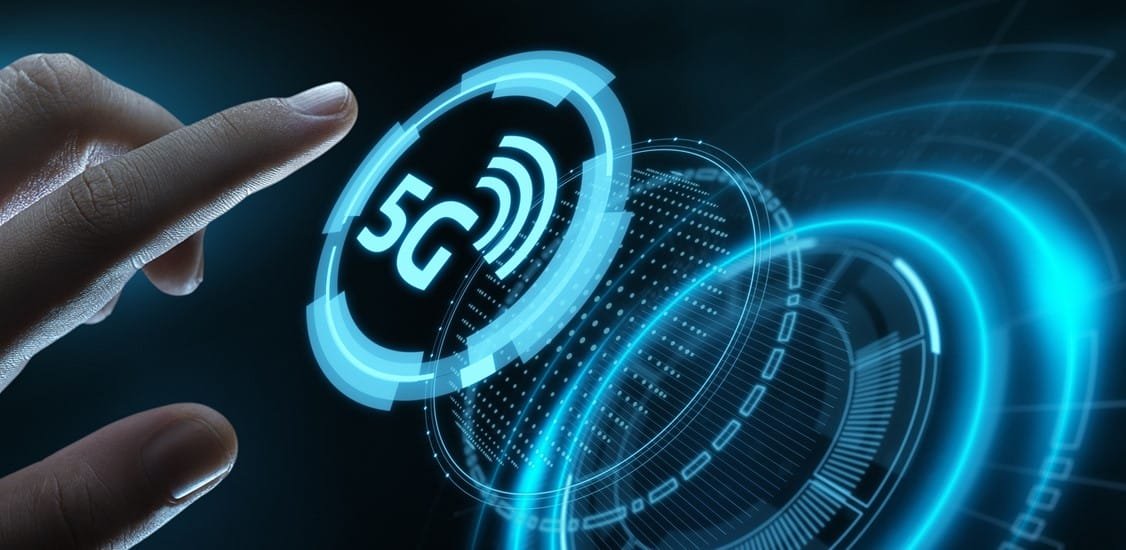What is the Effect of 5G Technology on Health?
Table of Contents
1. Radiofrequency Radiation Exposure
Introduction :
Part of the 5G technology is based on the use of the higher frequency radio waves including the millimeter waves above 24 GHz. This increase in frequency compared to previous generations (like 4G) necessitates:This increase in frequency compared to previous generations (like 4G) necessitates:
Higher Frequency Radio Waves: These are known to penetrate less into the body than the low frequency oscillations, Which mean its energy is different.
Increased Base Stations: This is due to the fact that there is need to have more base stations or small cells in order to continue having coverage and connectivity especially for the higher frequencies. 2. Health Concerns and Research
Radiation Type: 5G relays information using non-ionizing radiation and is less potent than ionizing radiation which is used in cases like X-rays. low frequency NF does not have the energy requirement to alter DNA directly.
Potential Biological Effects:
They include:
- Thermal Effects: For example, at high levels of exposure RF radiation leads to the heating of exposed tissues although the 5G exposure level is far from exposure levels that would cause any consequential heating.
- Non-Thermal Effects: Currently, there is an effort to investigate whether these patented non-thermal effects, which may in fact alter the function of cells in the body, could also happen at lower exposure levels. To the present, there are no consistent indications of the presence of deleterious non-thermal impacts of 5G radiation.
- Epidemiological Studies: Until now, the epidemiologic investigations surveyed did not demonstrate sufficient evidence for detrimental human effects from the RF radiation emitted by mobile networks. This means that longer term studies are required in order to get more refined studies.
3. Regulatory and Safety Standards
- International Guidelines: Current safety guidelines have been provided by the International Commission on Non-Ionizing Radiation Protection (ICNIRP) and the World Health Organisation (WHO). In accordance to these guidelines, it is aimed at avoiding certain health dangers.
- Compliance and Monitoring: The operation of these networks must also follow these safety standards for 5G networks. National regulatory agencies on a continuous basis survey RF radiation to check whether they are below the permissible level.
4. Public Health Perspectives
- Ongoing Research: To this day, the WHO and other health related organizations keep assessing the scientific data on RF radiation and individual health. Although studies today do not give strong evidence of adverse health impacts from 5G, there is still need for more investigations in order to observe long term impacts.
- Precautionary Measures: To mitigate this some health organizations have called for preventative measures and more research to be done to allay public fear and have the impact on health well understood.
5. Common Misconceptions
- Cancer Risk: Despite the lengthy studies done on this RF radiation from the mobile networks, there is no evidence that has been proved that it causes cancer.
- Electromagnetic Hypersensitivity: However, some people have complained of symptoms that they associate with exposure to RF radiation and in the science literature there has not been enough evidence to support symptoms as a result of RF radiation exposure. 5G Network in Pakistan 1. Implementation and Coverage
- Current Status: Pakistan has started using 5G and it has launched in some of its largest cities of Karachi, Lahore and Islamabad. The government and its partners are devising strategies to make the coverage across the country broader in the future.
- Infrastructure Development: The rollout includes the deployment of new base stations and the modification of existing topology to enable 5G communication.
2. Regulatory Framework
Standards and Safety: The matter of use of 5G technology lies in the domain of the Pakistan Telecommunication Authority (PTA) which follows the international norms concerning safety and limits of exposure to RF radiation.
Monitoring and Compliance: To this end the PTA must constantly scan the environment with a view to determining the existing radiation levels which must meet the acceptable health standards as well as respond to issues of health and safety as raised by the public.
3.Social perspective Towards Health Risks
Awareness Campaigns: Those in the opposition of the technology are working to dissuade the public with information about this technology and the measures that have been put in place to ensure the safety of its implementation. Removing rumours and giving accurate information are some of the ways that scholars suggest when dealing with matters of public health.
Health Studies: The government and health organizations are monitoring on-going research and studies in order not to have introduction of 5G technology cause other health risks. 4. Future Outlook

